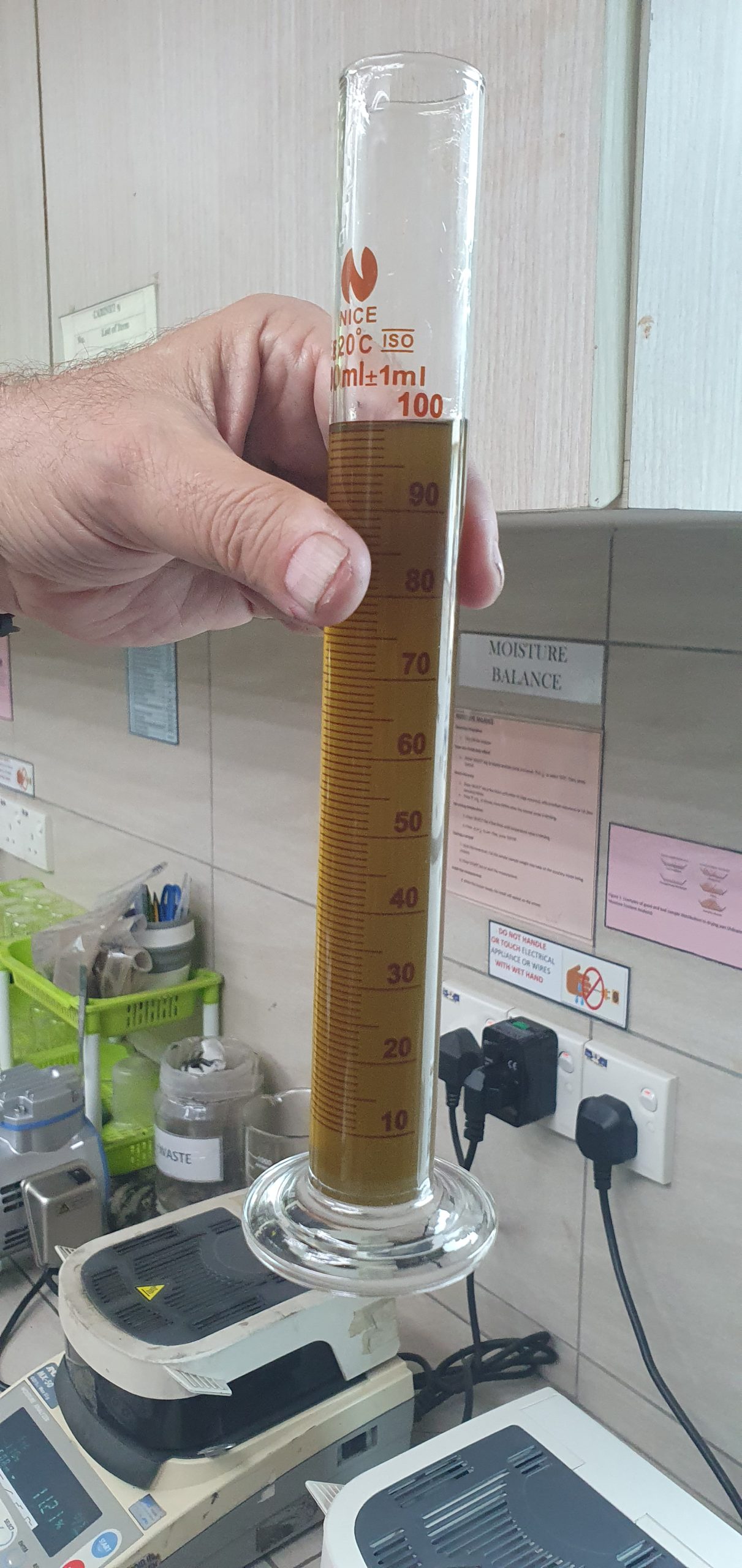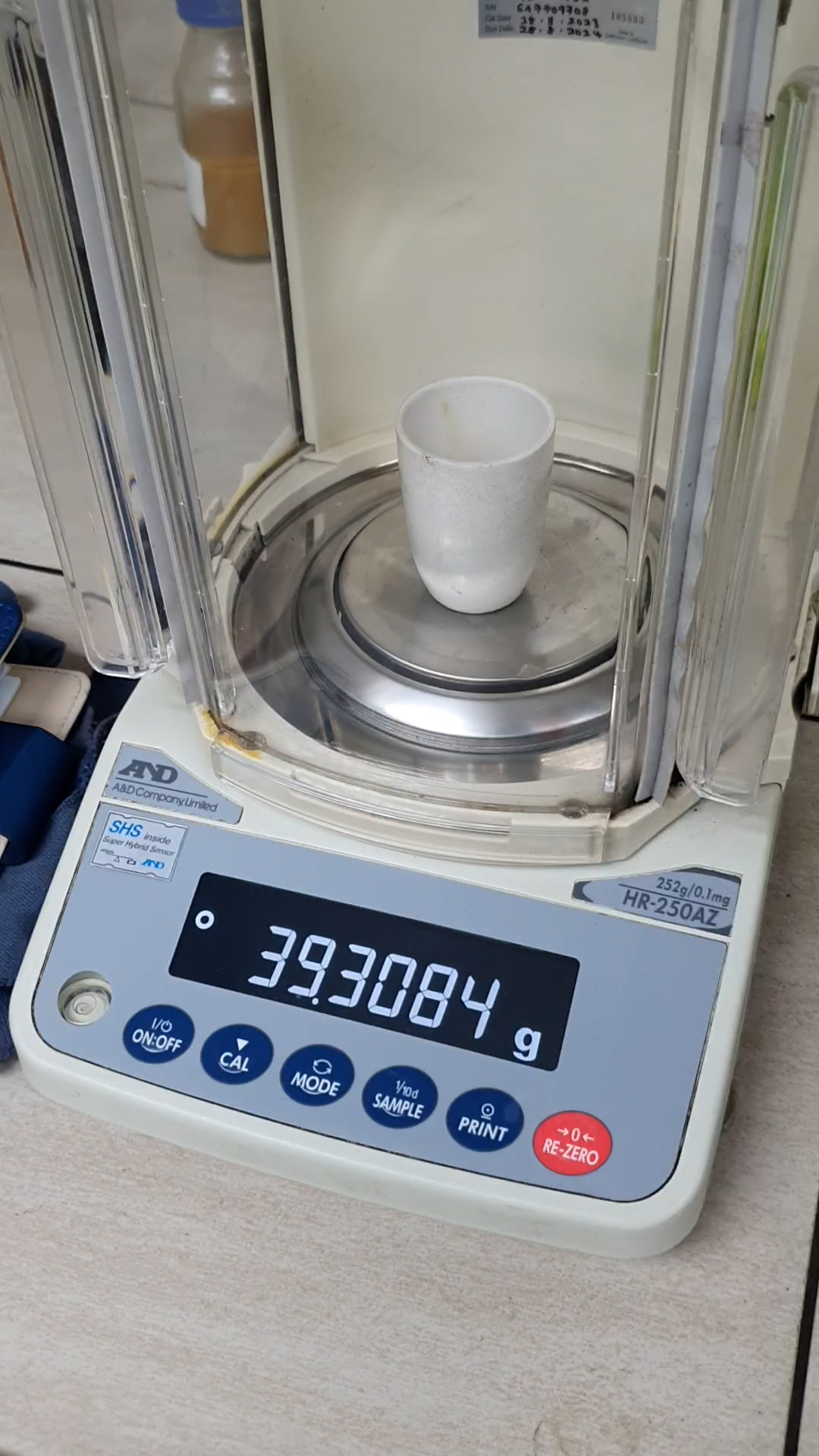While laboratory-based filtration tests provide invaluable insights for filter sizing on an industrial scale, the unique challenges of solid-liquid separation necessitate on-site evaluations. Transporting slurries can induce time lags leading to potential degradation, and it’s often difficult to replicate the exact system conditions in a lab setting. Thus, for an accurate assessment and analysis of slurry characteristics within the solid-liquid separation process, on-site testing is indispensable.
This principle has been carried forward in a series of tests in our work in various factories across Asia, where we run our tests on different slurries from different refineries, each presenting unique and sometimes contrasting particle size distributions. The complexity of these slurries meant that our primary goal was to establish a correlation that would inform our solid-liquid separation strategies.
Embracing the ‘Top feed’ technique, we collected slurry samples directly from the operational plants. Replicating these conditions in the lab, we meticulously maintained parameters such as temperature to mirror the system’s fluid viscosity, solids concentration, and consistent vacuum levels at 450 mbar ABS.
To ensure the integrity of the solids was maintained—critical for accurate solid-liquid separation testing—we resorted to manual stirring with a spatula instead of mechanical methods. Our methodical process began with identifying the optimal filter media. We then determined the appropriate amount of precoat material to maintain a constant cake thickness. Our subsequent tests explored various washing quantities to establish a suitable washing curve for our filtration objectives. We carefully observed key parameters including the time for cake formation, washing, and drying, as well as the detachment quality of the cake from the filter media.
Following the tests, we conducted detailed analyses of the filtrate for solids content, assessed the moisture content within the cake, and measured the residual oil content—all of which are pivotal in solid-liquid separation processes. These insights were fundamental in making the necessary scale-up considerations, bridging the gap between lab-scale observations and full-scale commercial design.
While we are keen to share our general approach to solid-liquid separation, we maintain a stringent commitment to client confidentiality; specific data and results from our tests remain proprietary.
MECC 2000’s Filtration team brings an unrivaled depth of expertise to the field of solid-liquid separation. Whether you require support in our state-of-the-art laboratory or need us to come to you with our portable testing kit, we are ready to meet your needs anywhere in the world.
For solid-liquid separation that demands precision, choose MECC 2000 Filtration Division – where your reliability is our responsibility.





The highest levels of quality at the most advantageous price points: discover the best solution that mecc2000 has designed to meet your company's requirements. If you can't find the solution to meet your needs, we’ll design it together!